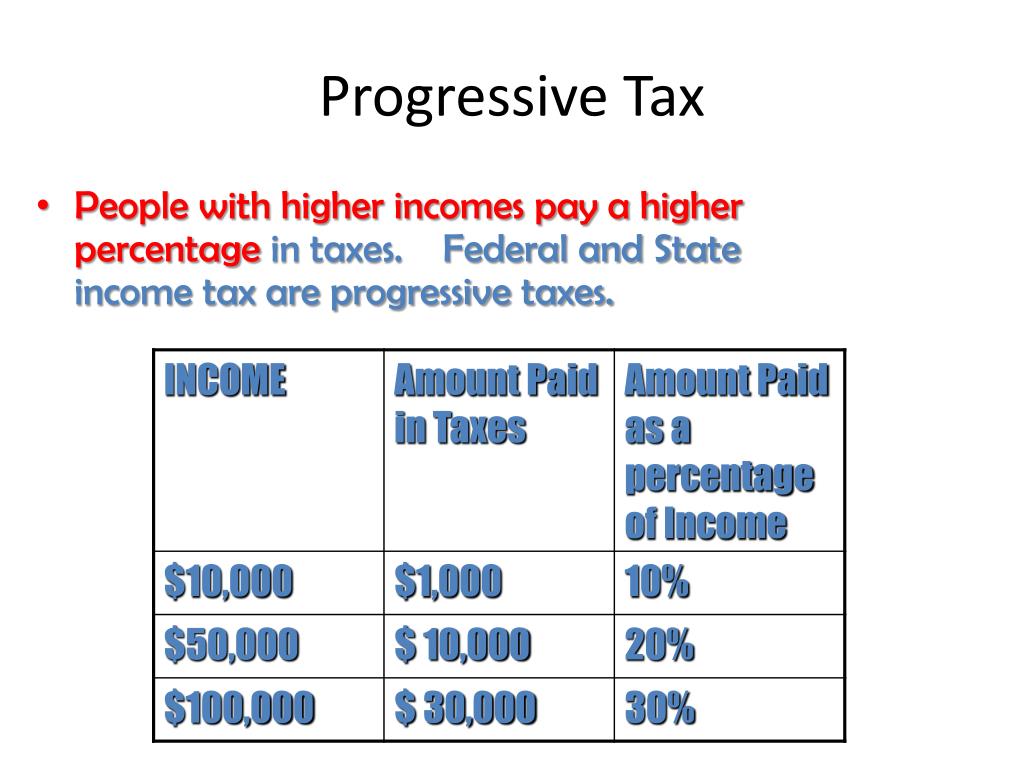


This provides predictability to taxpayers and helps protect against unnecessary tax rate increases. Whereas graduated-rate income taxes reduce the payoff to work and investment on the margin by imposing higher tax rates on higher levels of marginal income, flat taxes treat all taxable income neutrally and are less likely to discourage additional work, investment, and other activities that contribute to economic growth.īecause all income taxpayers are subject to the same tax rate under a flat tax system, single-rate taxes are generally more difficult to increase than graduated-rate taxes. Importantly, flat taxes avoid impacting individuals’ and businesses’ marginal decisions, or what they will do with their next dollar of income. Flat taxes are relatively transparent and simple in that they make it easier for taxpayers to estimate their tax liability and for revenue forecasters and state policymakers to estimate how a rate cut or increase would impact revenue. Assuming that more commonly used deductions are eliminated, the tax burden could shift dramatically to the lower and middle classes.An income tax is referred to as a “flat tax” when all taxable income is subject to the same tax rate, regardless of income level or assets.Ī flat tax, where a single rate is applied to all taxable income, is an appealing income tax system due to its relative simplicity, transparency, neutrality, and stability. Tax rates range from 10% to 37%, depending on income. Shift tax burden to lower and middle classes: A flat tax system could greatly reduce taxes on the richest Americans.A flat tax could also eliminate altogether some taxes that wealthier individuals tend to pay, such as capital gains, dividends, and interest income taxes. The rate could end up being higher than is politically acceptable if a flat-rate tax system were to replace that revenue. Federal revenue totaled $1.52 trillion in the first four months of the fiscal year 2022, and more than two-thirds of that came from personal income taxes, including taxes on capital gains, dividends, and interest.

Lost revenue: Revenue could be lost with a flat tax system, depending on just how high that flat tax rate is.Proponents argue that reducing the top income tax rate by moving to a lower flat tax rate encourages business investment and attracts high-income individuals, increasing overall tax revenue and economic stability.


 0 kommentar(er)
0 kommentar(er)
